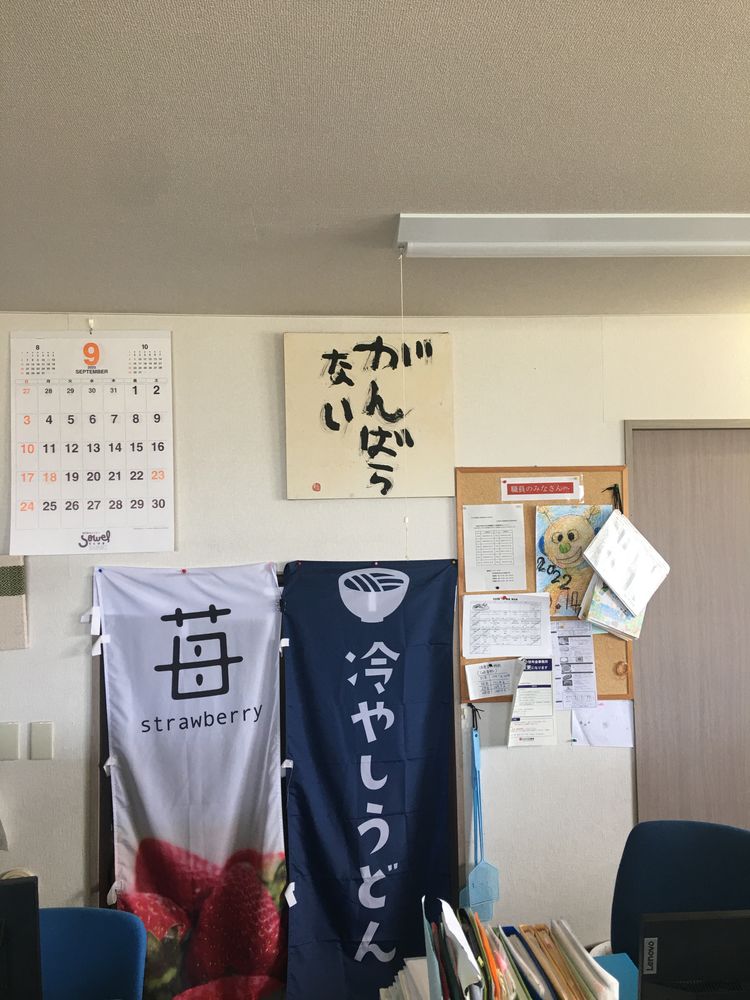Are Kids Innocent?
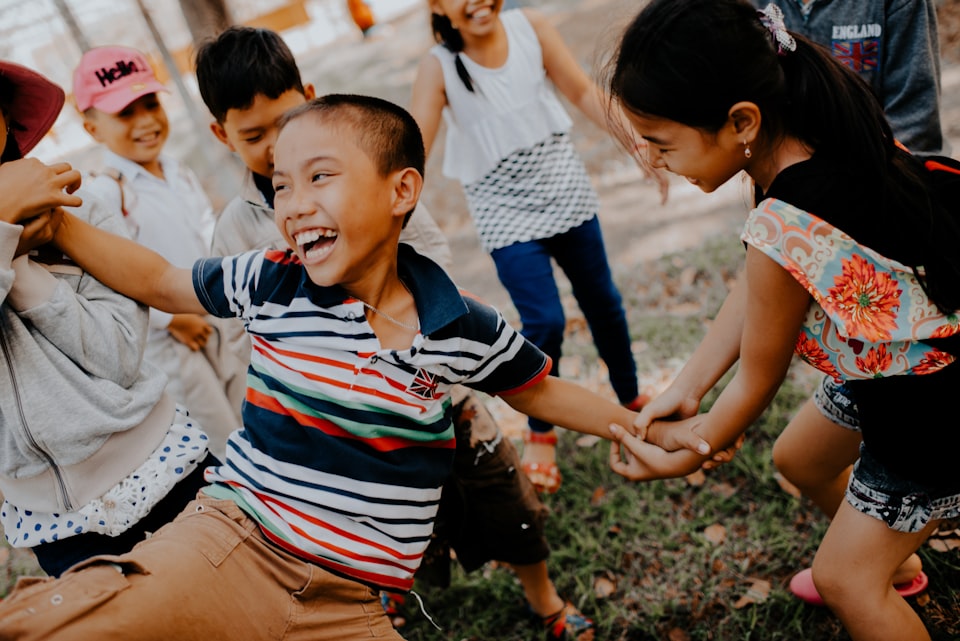
"Maybe," he said hesitantly, "maybe there is a beast."
"What I mean is, maybe it's only us (Chapter 5).
These famous lines from William Golding's "Lord of the Flies", are often quoted to highlight the 'revelation' innocent children have towards their 'evil potential'.
To briefly summarize the book, a group of young British children survive a horrible plane crash and find themselves alone on an island. The story follows how these children interact, survive, and descend into brutal chaos. There are many free versions of the book online, one of which I have linked here.
A common theme that surrounds the commentary of this book is the "loss of innocence", often marked by the stark contrast between 'civilized', well-dressed boys, who become vicious barbarians that have blood on their hands (Dunkerly-Bean, n.d).
Now, with this comes two fundamental assumptions:
- Children are innocent.
- This innocence can be lost.
Today, let's take a look at this "innocence" of children.
More specifically, borrowing largely from Harvard scholar Robin Bernstein, we will look critically upon this innocence in the setting of the United States. Then, I'll expand briefly upon this attribution of 'innocence' or 'purity' on a larger, global scale.
So, are children innocent?

"When Jesus saw this, he was indignant. He said to them, "Let the little children come to me, and do not hinder them, for the kingdom of God belongs to such as these" (Mark 10:14)
When you see a young child or a newborn baby, your first thoughts may manifest in words like "cute" or "adorable". Through a series of word associations, you may end up thinking they are "innocent" or "pure". Or when an older human being says something rather naive, we may attribute the same character to them.
Around such "innocent" beings, we may refrain from swearing or watching R-rated movies. The fear is that we or society can somehow "corrupt" them. Yet novels such as "Lord of the Flies" put this notion to question.
Another such book is "Supernova Era" by my favorite Chinese author Cixin Liu. This novel imagines a world in which people above the age of 14 succumb to intense radiation. Gradually, they die away and the world is left in the hands of young teens and children. Similar to that of William Golding, the children in this book quickly mature and the world enters a state of chaos. Here's a standout quote from the book about the theme of "innocence":
"What's strange is that adults always associate children with kindness, peace, and other wonderful things... In the adults' era, children existed within their restrictions. But more importantly, children had no opportunity to take part as a collective in the cruel struggle for survival, so of course their true nature wouldn't be exposed" (pg. 229)
Again, the question is posed, "what is innocence?" and why do we assume children are naturally innocent?
To explore this question, I look to Dr. Robin Bernstein. Through her disturbing, eye-opening, and incredible historical commentary on innocence, we are able to get a glimpse of reality.
The book is titled "Racial Innocence: Performing American Childhood from Slavery to Civil Rights", and the cover reuses an image of an advertisement for a product called Cottolene from the 1890s.
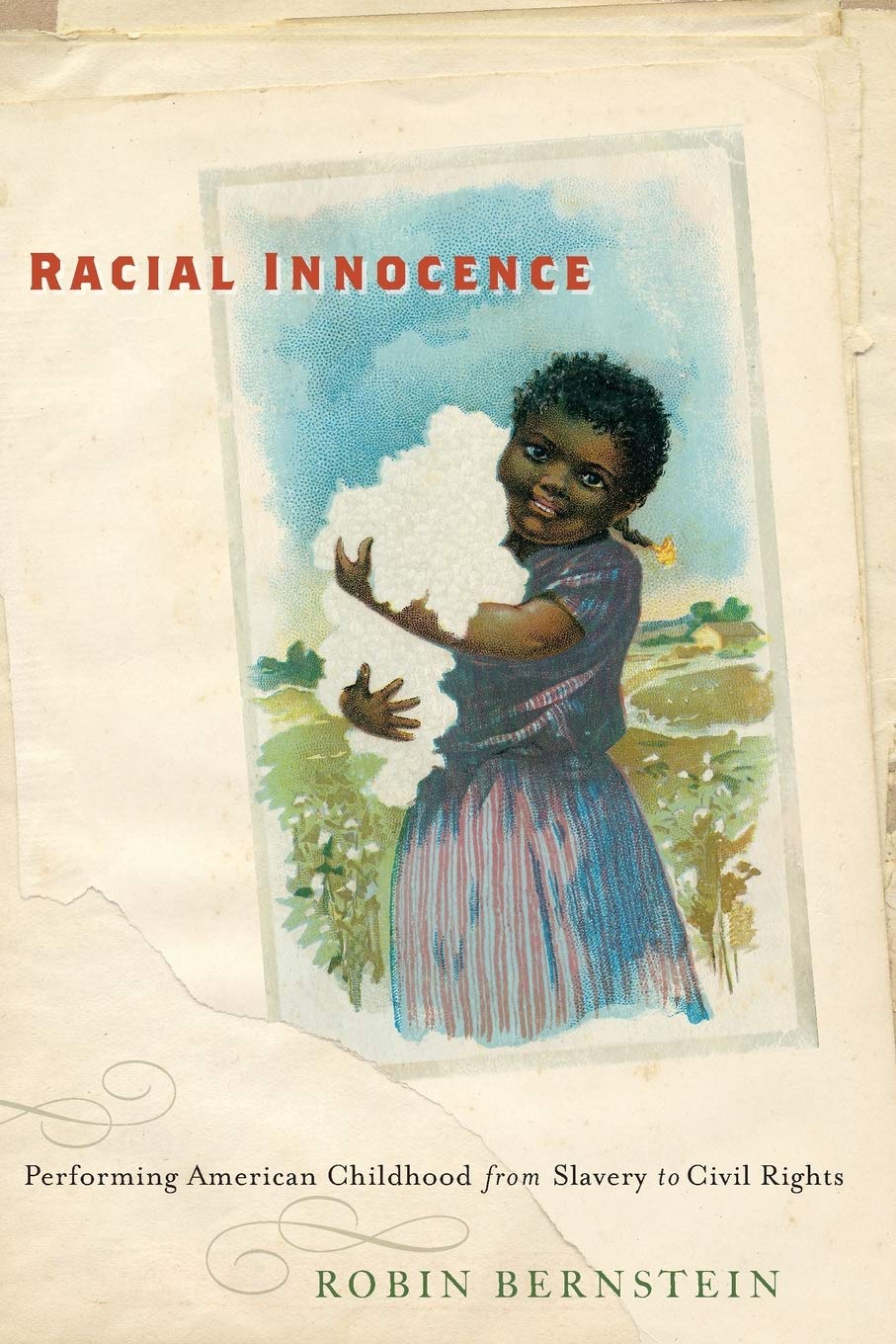
The central argument of the book is that the notion of "childhood innocence" is not entirely an inherent quality, but a social attribution made to children that root back 200 years. Specifically kept out of this "innocence" are black children, within the context of the United States in which Bernstein writes.
She quotes a study done by the Georgetown Law Center on Poverty and Inequality, which conducted a survey on 300+ adults from many different racial backgrounds. The results showed that adults saw "black girls as needing less nurturing, support and protection than white girls, and as knowing more about sex and other adult topics". To illustrate how such black children are "pushed out" of childhood, we must understand how some children were made "innocent".
People do not always see children through our cute, innocent light. In 1720, Benjamin Wadsworth, an impactful Colonial-Era minister, said that children were "sharers in the guilt of Adam" and have a "naturally sinful and guilty state".
Side note: You can actually read some of Benjamin Wadsworth's sermons online here on the online Congrational Library and Archives.
Yet such opinions were not universal. Influential Enlightenment thinkers such as Jean-Jacques Rousseau or John Locke wrote about the purity and "sponge-like nature" of children. What nailed down the association of white children and innocence was the necessary "foil" black children played in the coming years.
A "foil", in literature, is "a character who is presented as a contrast to a second character so as to point to or show to advantage some aspect of the second character" (Britannica).
In essence, introducing a character who is opposite to another, emphasizes the difference. For example, let's take a look at another "world" (in the most American sense) famous book, "To Kill a Mockingbird" by Harper Lee.
The foil in this tale is Bob Ewell; the dirty, disease-ridden, horrible white man who accuses Tom (a young black man) of raping his daughter. Bob Ewell's indignant character serves to highlight the noble and dreamy Atticus Finch. Atticus Finch is the famous fictional lawyer who successfully defends the young black boy from falling into the traps of Bob Ewell's schemes. By putting these two characters together, in sharp contrast, Harper Lee is able to elevate Atticus Finch to higher moral ground.
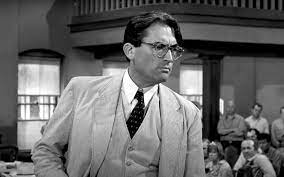
Yet, as Dr. Bernstein so painstakingly shows, the foil's character is also emphasized, often to a point where it flutters away from the fictional world and into our reality.
As the accessibility and visibility of entertainment grew alongside the Industrial Revolution, utilizing black children as foils to "angelic white" children became mainstream. Not only within novels such as "Uncle Tom's Cabin", but also in advertisements, plays, and magazines.
Such vivid imagery within the luscious words of authors, playwriters, and marketing specialists made a distinct mark on the minds of Americans, including black children.
The now-infamous "doll study" by Mamie and Kenneth Clark epitomizes the impact of constantly being the foil to the perfect white children.
The two sociologists conducted a rather simple study.
They gathered a group of children and gave them 4 dolls. 2 of them were white, the other 2 black. Then the Clark's asked the children "which dolls were nice and which were bad, and which doll is most like you?"
You may already be familiar with the results.
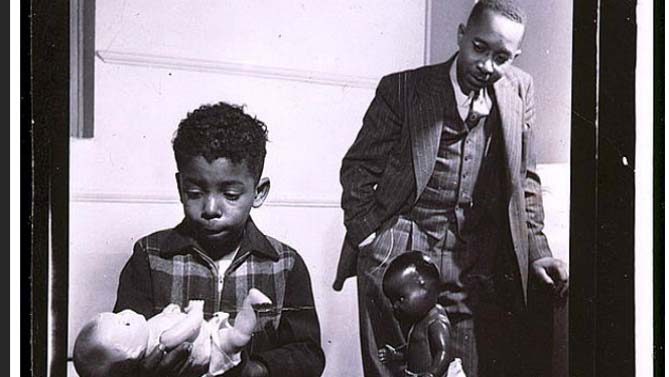
The majority of black children chose the white dolls as "nicer" and said that they were more like them. This groundbreaking study was replicated for the Brown vs Board of Education case to get rid of the racially segregated education system in 1954.
Although it seems as if American society has made long strides in the fight for racial justice, the powerful "foil" seems to remain.
Recall Trayvon Martin who was killed because he seemed older than he was. Trayvon was 17.
Remember George Stinney who was executed brutally on the electric chair at the age of 14. He was falsely accused of murdering two girls.
Look back at Teresa Klein, the 53-year-old woman who claimed that a 9-year-old boy sexually assaulted her. In fact, it was the young boys' backpack that lightly brushed across her as he walked by.
As disturbing as this reality is, the powerful attribution of "innocence" and "purity" is not exclusive to the racial discrimination of the United States.
Throughout the process of reading and writing this article, in the back of my mind remained the various caste systems employed in many societies across human civilizations.
The first image that popped in mind as I read Dr. Bernstein's book was the Kumari of Nepal.
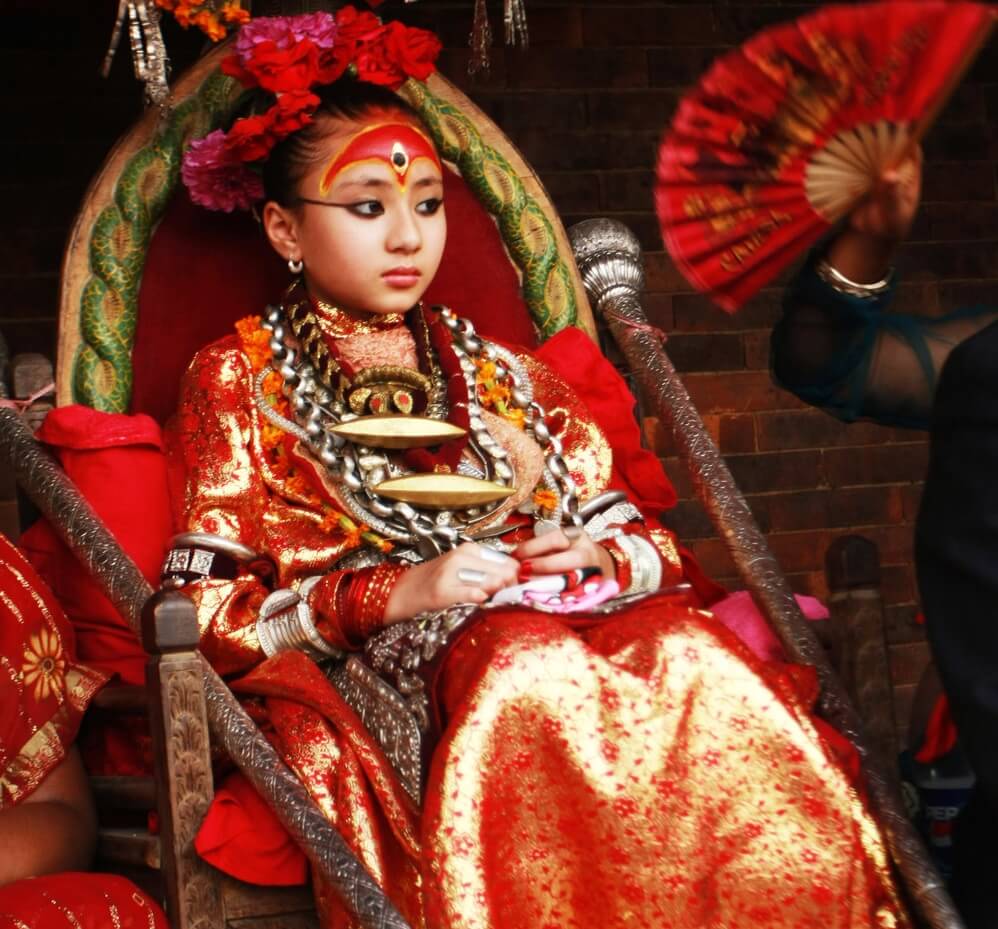
Kumari is a goddess that manifests into a body of a young girl, but is believed to leave once they hit puberty or lose a tooth (varies regionally). After the Kumari leaves one particular girl's body, an extensive search is made to find the "new" Kumari. I distinctly remember the rampant celebrations in the streets of Kathmandu when a new Kumari was elected in 2008.
Without going into too much detail about the specifics of the Kumari and the various regional variations, let's focus on this notion of "purity" or "innocence" that surrounds her.
The irony of this purity is that it is both "manifest" and "attributed".
Only young baby girls are chosen as the Kumari because of their "inherent" purity. However, once a girl is elected, she passes through an extensive "purification" process.
Furthermore, this divine goddess is then isolated away from society, unless there is a ritual or ceremony that prompts her to leave the royal palace. The young child is simultaneously expected to manifest the divine wisdom of a goddess while remaining the pure, innocent child that won her the spot as Kumari.
Of course, such "innocent" people need their foil: the "Untouchables"
Although the caste system was seemingly abolished from Nepal in the mid 20th century, a stark divide remains. English-speaking scholars have used the word "untouchables" to represent such people, who are socially isolated due to taboos against their race, social standing, or character as "dirty" and "corrupt".
The ultimate irony (yes I know, I love irony) is that these two poles of "innocence" and "corruption" have striking similarities. They both represent the extremes of a certain character and are both revered by society.
One as the manifestation of a divine being. Another, as the curiosity their character invokes.
To find a satisfactory conclusion to this discussion is difficult. So in a shameless manner, I will turn to Dr. Bernstein once again.
When we argue that black and brown children are as innocent as white children, and we must, we assume that childhood inocence is purely positive. But the idea of childhood innocence itself is not innocent: It's part of a 200-year-old history of white supremacy.
It's time to create language that values justice over innocence. The most important question we can ask about children may not be whether they are inherently innceont. Instead: Are they hungry? Do they have adequate health care? Are they free from police brutality?...
All children deserve equal protection under the law not because they're innocent, but because they're people (Berstein, 2017)
![[Guest Post] Exploring Colonial History through Art](/content/images/size/w750/2023/11/graphite-island-banner.png)
